Don't hesitate to send a message
How to Choose the Right E-City Bike Motor to Enhance E-City Bike Performance?
Content
With the global popularity of electric city bikes (E-City Bikes), they have become a green tool for alleviating urban traffic congestion, reducing carbon emissions, and improving travel efficiency. E-City Bikes are particularly popular in modern cities as a convenient and environmentally friendly means of transportation. One of the key factors influencing the performance of an E-City Bike is the electric motor (E-City Bike Motor). A suitable motor not only determines the power output and riding comfort of an E-City Bike, but also directly impacts its overall performance.
Core Components of an E-City Bike - The E-City Bike Motor
The electric motor is one of the most core components of an E-City Bike. Its primary function is to convert electrical energy from the battery into mechanical energy, thereby powering the wheels. This motor determines a range of riding experiences, including acceleration, hill climbing performance, top speed, and range.
On the market, electric city bike motors can be broadly categorized as center-drive motors and hub-drive motors. These two motors have different designs and are suited to different riding needs and scenarios. Therefore, choosing the right motor is crucial to the overall performance of an e-city bike.
Key Factors for Improving Performance by Choosing the Right E-City Bike Motor
Riding Requirements and Road Conditions:
When choosing a motor, first consider your riding needs and the road conditions you typically ride on. The type and power of the e-city bike's motor should be determined based on your primary riding environment.
Urban Commuting: For daily commuting, especially on flat city roads, a hub-drive motor with a power between 250W and 500W is suitable. Hub-drive motors offer a simple structure, low cost, and stable power output, making them suitable for use on flat roads without frequent hill climbing.
Mountainous or Rough Roads: If you need to ride on hills, slopes, or uneven roads, a center-drive motor is a better choice. It can more effectively utilize gear ratios in the transmission system to adjust power output, providing enhanced climbing ability and higher efficiency. Center-drive motors are typically more powerful and suitable for riders who require high power output.
Motor Power and Torque:
The motor's power (W) and torque (Nm) directly impact the riding performance of an electric city bike, particularly during acceleration, climbing, and when carrying a heavy load.
Power: A higher-power motor provides stronger acceleration and a higher maximum speed. For smooth city roads, a 250W motor is sufficient for everyday riding. Riders who require more power can choose a 500W or 750W motor. A higher-power motor provides a smoother ride, especially when climbing hills or riding at high speeds.
Torque: Torque is the thrust of the motor at low speeds and under load, and is particularly important when climbing hills and starting. High torque output ensures easy starting and stable riding on steep slopes or when carrying a heavy load. Therefore, a high-torque motor is an ideal choice for users who frequently climb hills.
Battery and Motor Matching:
The choice of motor is closely related to the battery capacity and output voltage. The battery capacity and motor power must match; otherwise, excessive battery drain may occur, impacting range. The higher the motor power, the higher the battery requirements.
For example, when paired with a high-power motor (e.g., 750W), a larger capacity and higher voltage battery (e.g., 48V or higher) is required to ensure sufficient power for extended rides. Conversely, with a lower-power motor (e.g., 250W), a smaller capacity battery can be used for longer range.
In addition, battery and motor matching also involves battery charging efficiency and lifespan. Choosing a high-performance battery to pair with the motor not only improves range but also extends battery life.
Riding Modes and Intelligent Control Systems:
Modern electric city bikes are often equipped with intelligent control systems that adjust the motor output power according to different riding needs. Different riding modes include power-assisted mode and all-electric mode.
Pedal Assist Mode: In this mode, the electric motor automatically provides assistive power based on the rider's pedaling frequency and effort. This not only reduces physical exertion but also improves motor efficiency, making it ideal for long city rides and commutes.
Throttle Mode: In this mode, the electric motor is powered entirely by the battery. Riders don't need to pedal hard; the motor provides continuous power output, making it suitable for riders who prefer not to or cannot pedal.
Choosing a motor with different riding modes based on your riding needs will further enhance riding comfort and flexibility.
Motor Weight and Vehicle Balance:
The weight of the motor directly affects the balance and handling of an electric city bike. Center-drive electric motors, in particular, are particularly heavy, potentially affecting the overall balance of the bike. However, their location at the center axle of the frame provides better center of gravity distribution, making for a more stable ride.
Hub-drive electric motors, on the other hand, are lighter and mounted on the wheel, less impacting the bike's balance. For users who focus on riding stability and handling, choosing a motor with the right weight is very important, especially for handling at high speeds.
-
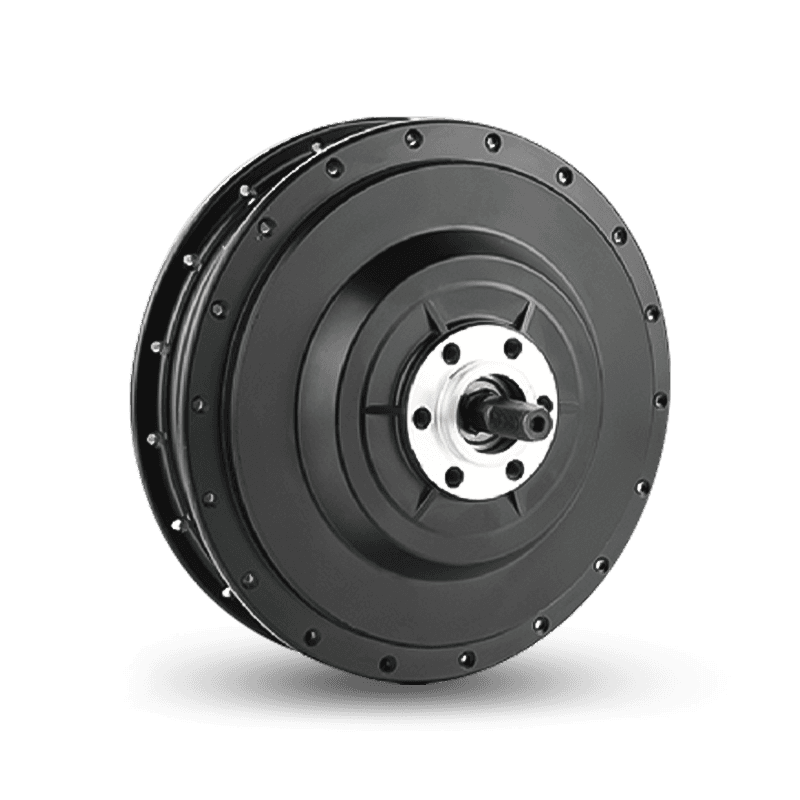 E-Type F500 Front Hub Motor
E-Type F500 Front Hub MotorThe E-Type F500 front hub motor is designed for E-Cargo and E-MTB bikes, offerin...
-
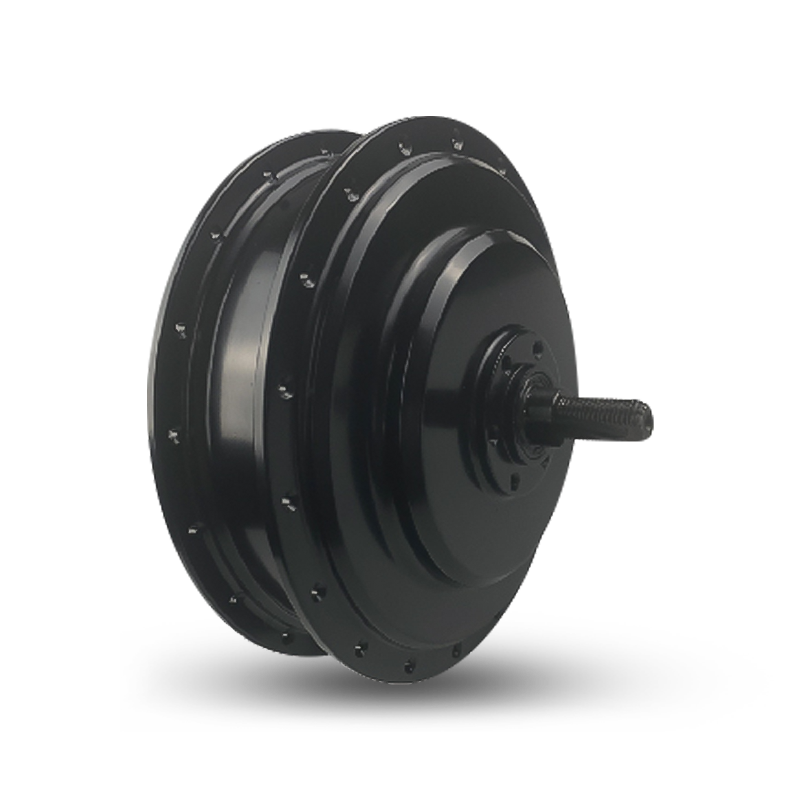 E-Type Pro RC750 Rear Hub Motor
E-Type Pro RC750 Rear Hub MotorThe E-Type Pro RC750 Rear Hub Motor is designed for E-Cargo and E-MTB bikes, com...
-
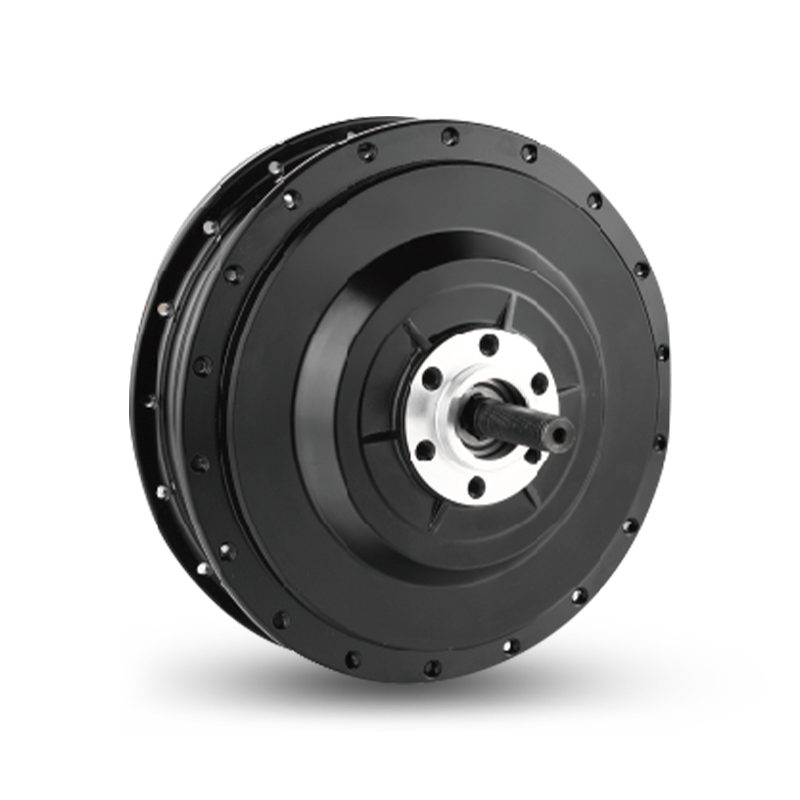 E-Type RF500 Rear Hub Motor
E-Type RF500 Rear Hub MotorThe E-Type RF500 Rear Hub Motor is designed for E-Cargo and E-MTB bikes, compati...
-
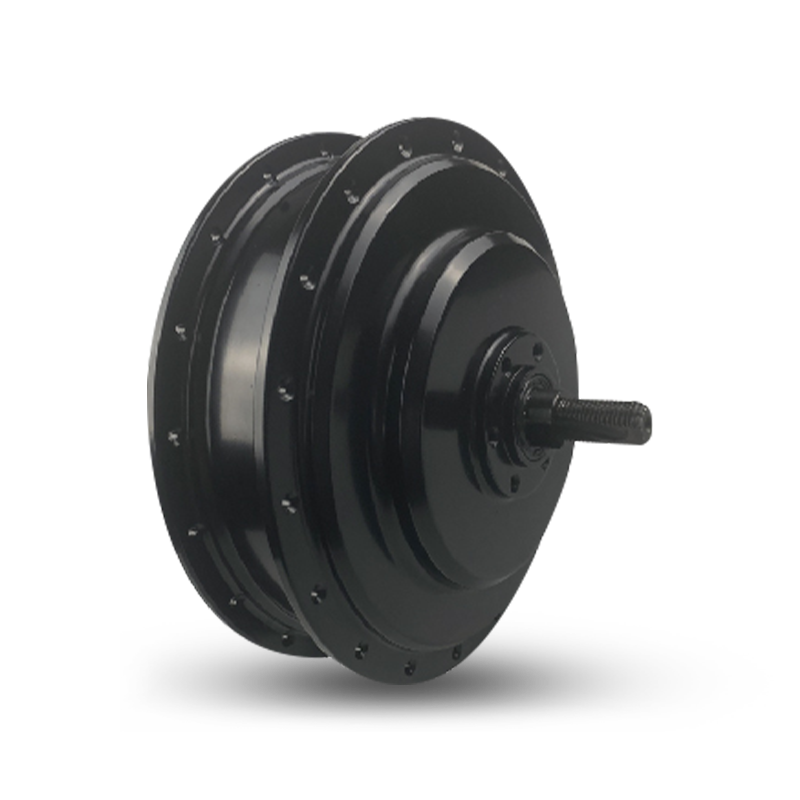 E-Type Pro RF750 Rear Hub Motor
E-Type Pro RF750 Rear Hub MotorThe E-Type Pro RF750 Rear Hub Motor is designed for E-Cargo and E-MTB bikes, com...
-
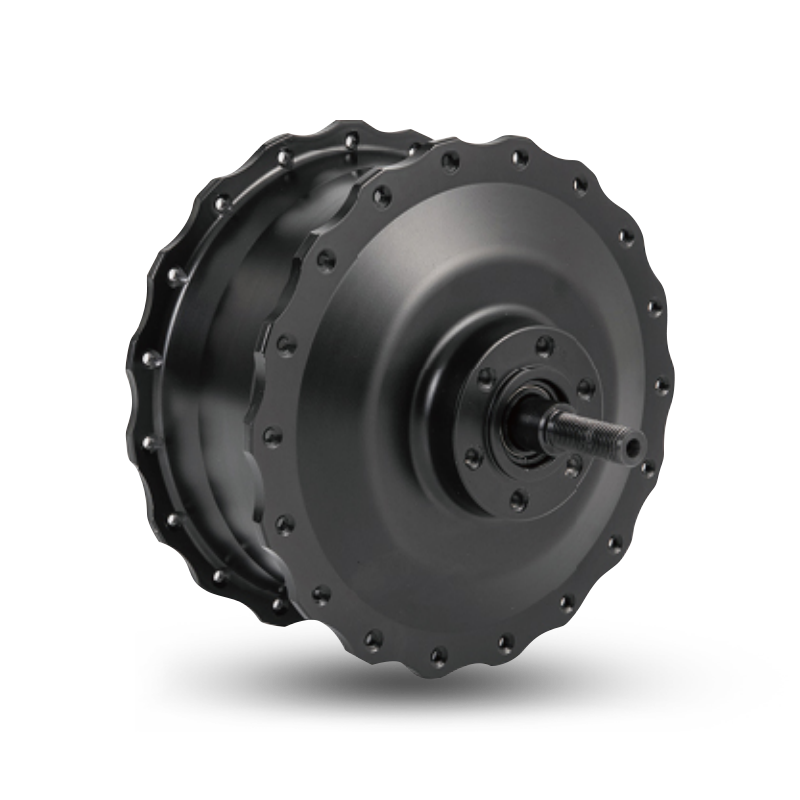 S-Type Pro F1500 Front Hub Motor
S-Type Pro F1500 Front Hub MotorThe S-Type Pro F1500 front hub motor, designed for E-Carao and E-Fat bikes, offe...
-
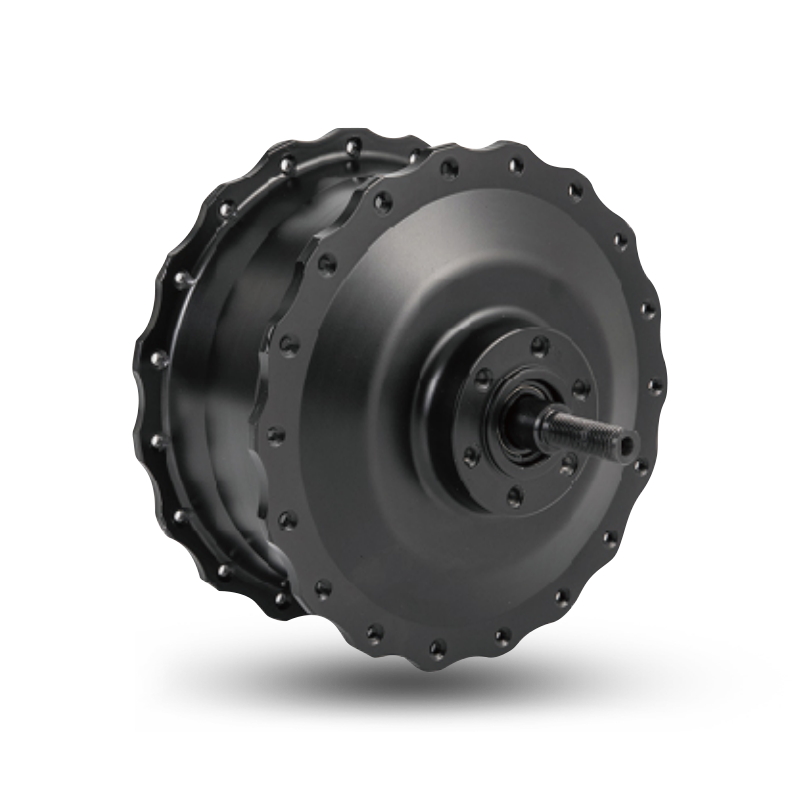 S-Type F750 Front Hub Motor
S-Type F750 Front Hub MotorS-Type F750 is designed for E-Cargo and E-Fat. The rated power ranges from 500W ...
-
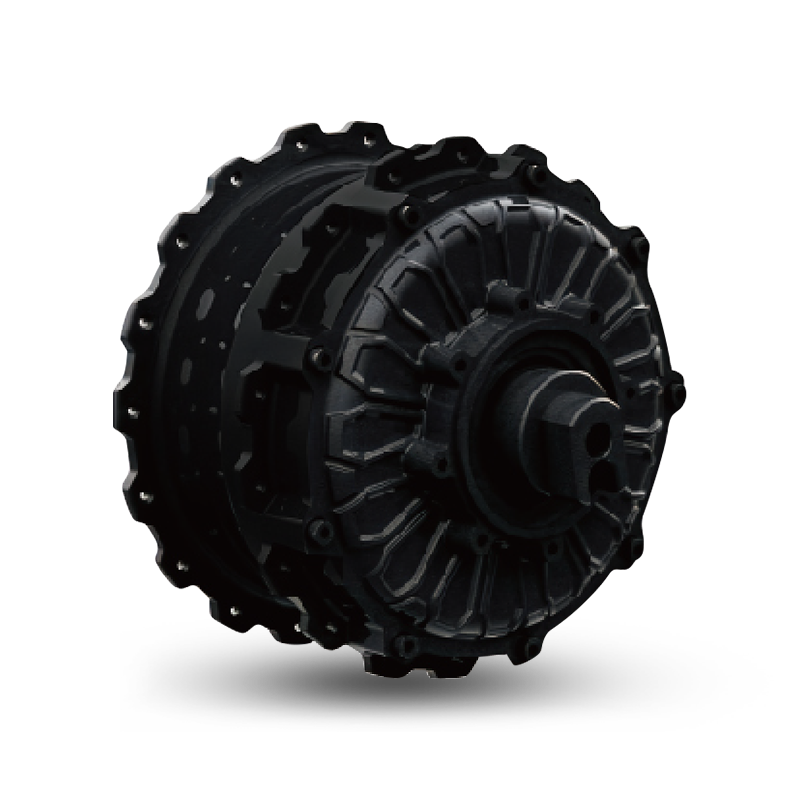 S-TYPE Max THRU AXLE Rear Hub Motor
S-TYPE Max THRU AXLE Rear Hub MotorThe S-TYPE Max thru-axle motor is designed for E-Fat, Moped, and Cargo applicati...
-
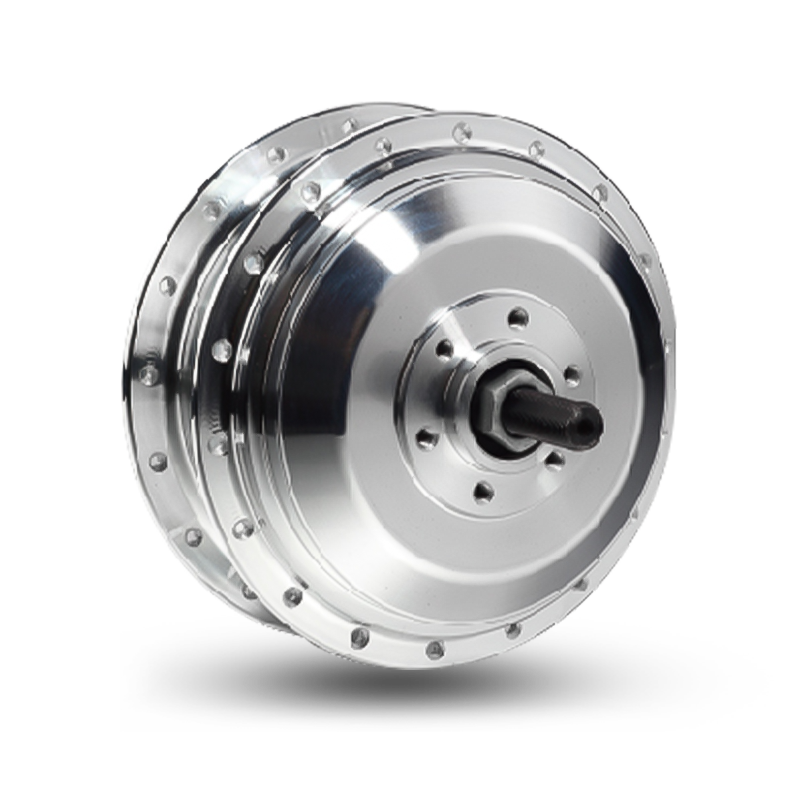 C-Type R350 Rear Hub Motor
C-Type R350 Rear Hub MotorThe C-Type R350 Rear Hub Motor, designed for city e-bikes, offers a rated power ...
If you are interested in our products, please consult us
- Address:No. 3 Dingqiao Rd, Jiangshan Town, Yinzhou District, Ningbo, Zhejiang Province, China
- Phone: +86 13806662915
- Email: K.zhang@hengtai-cn.com



 English
English 中文简体
中文简体